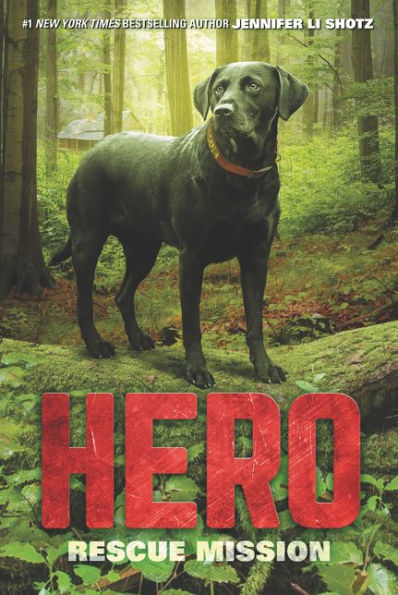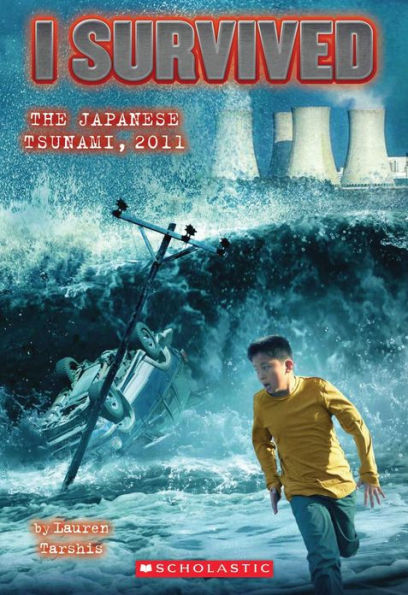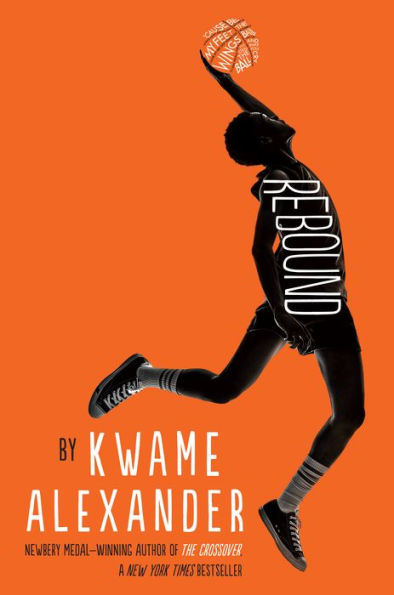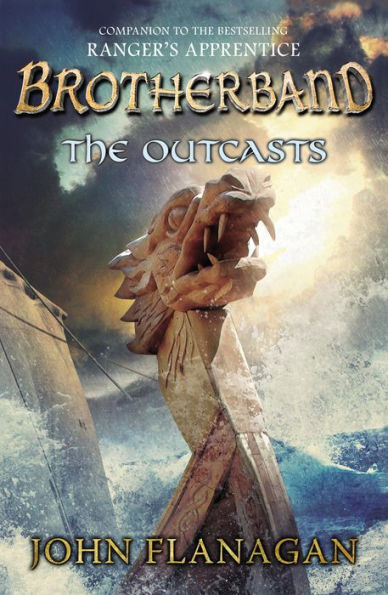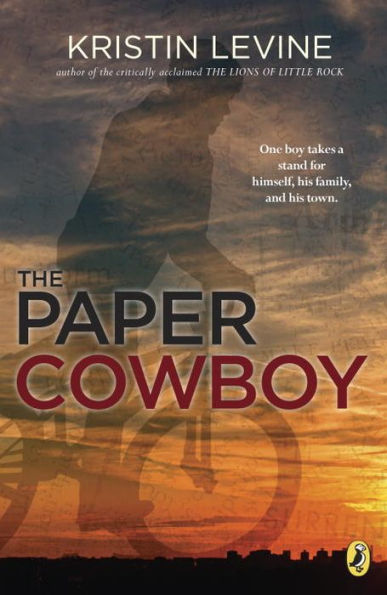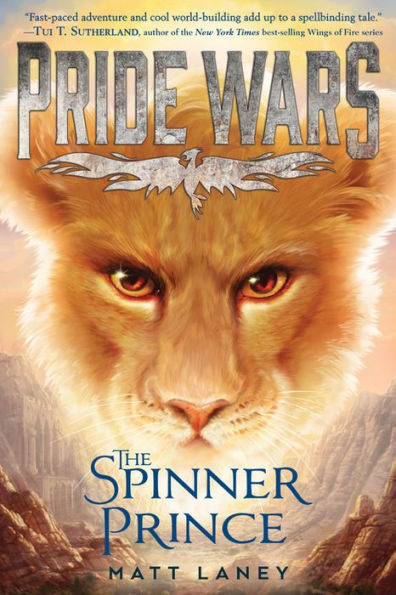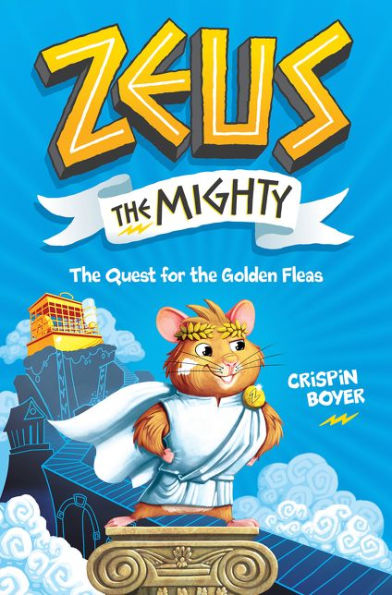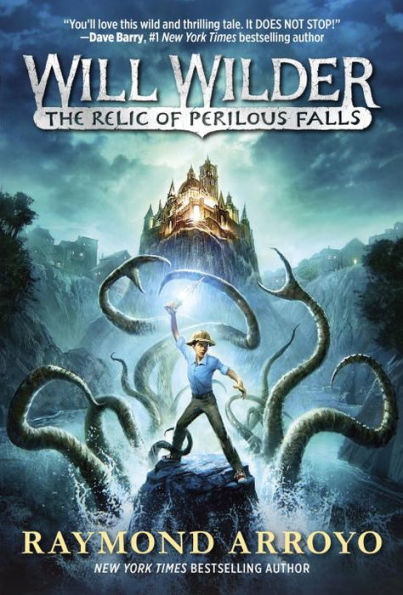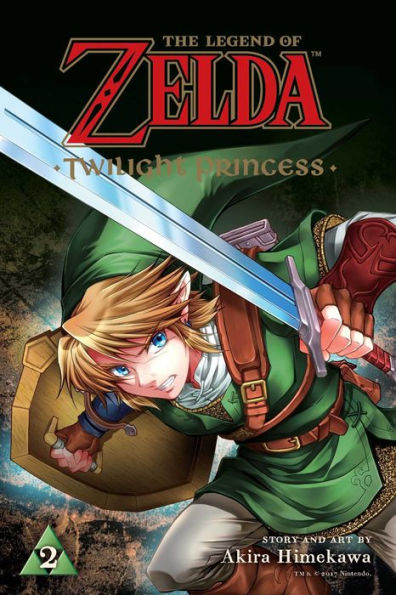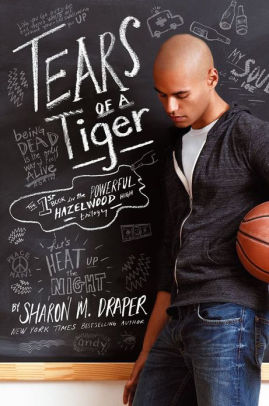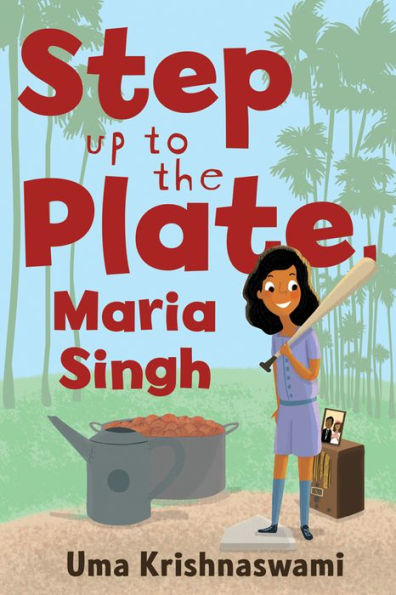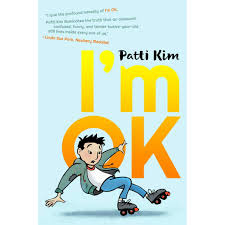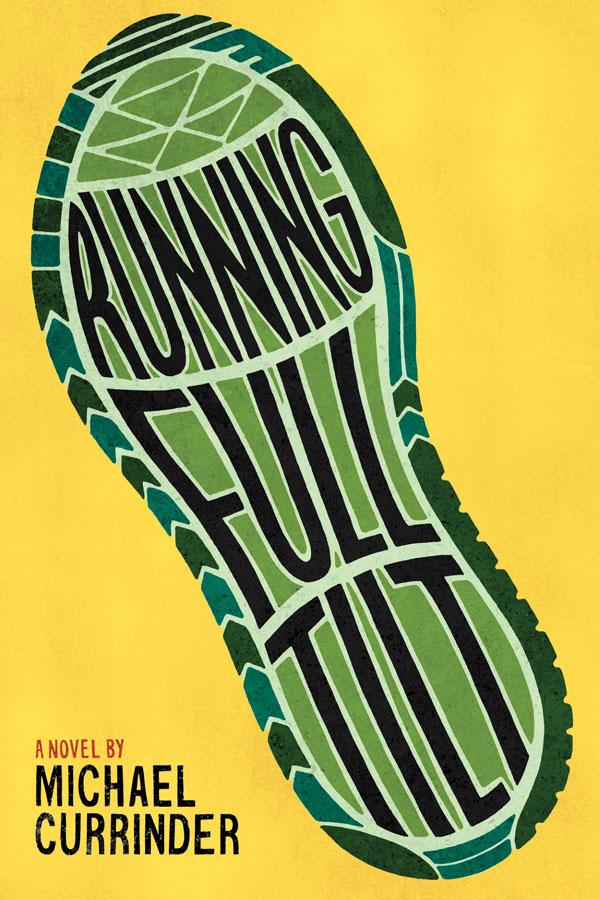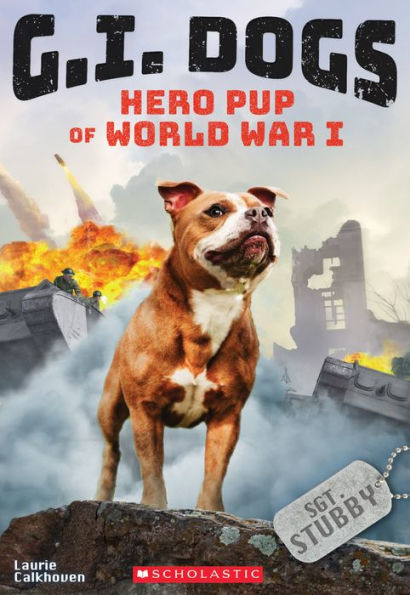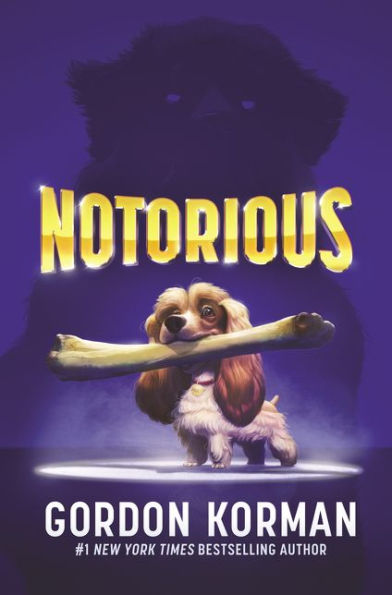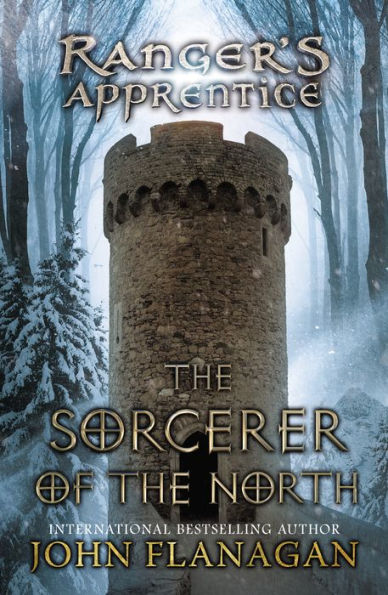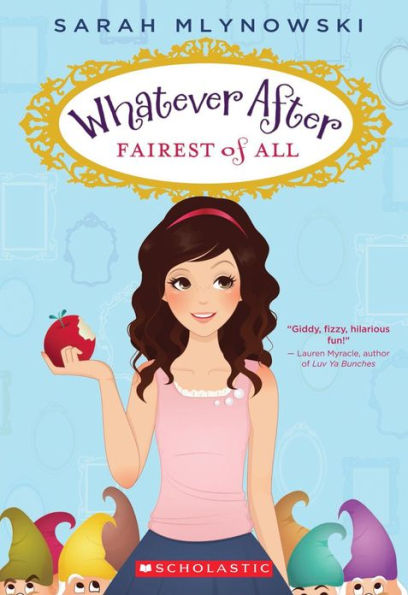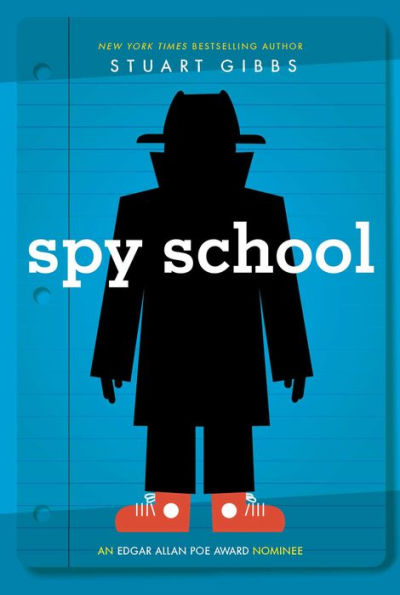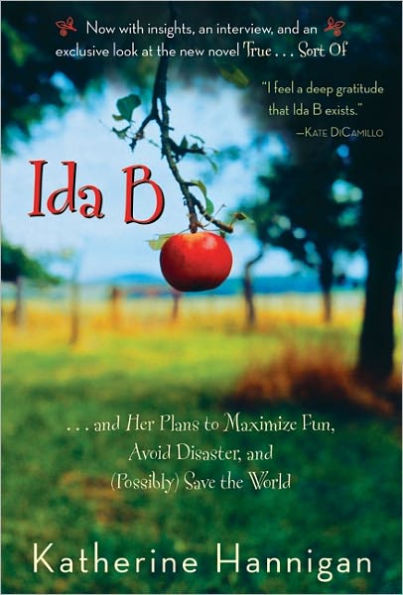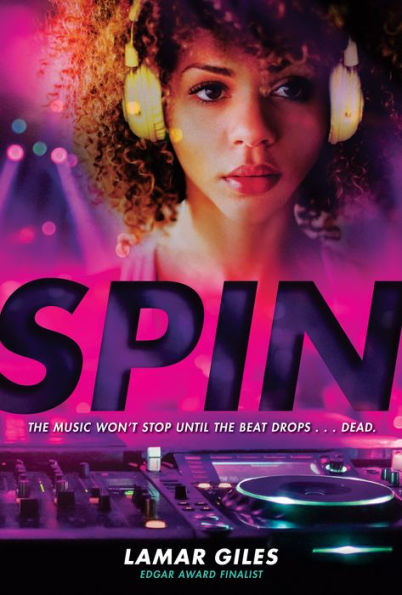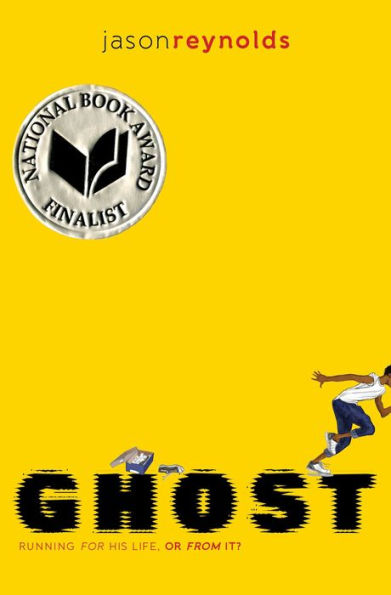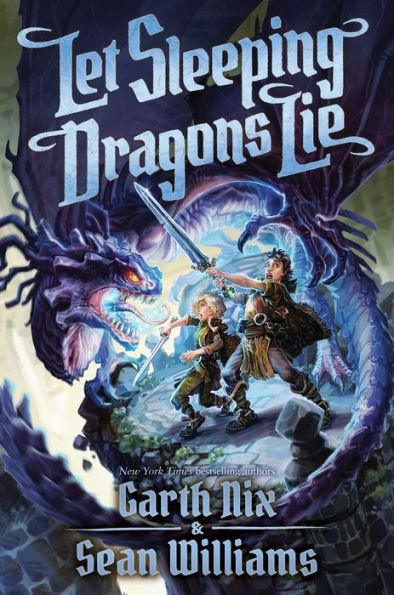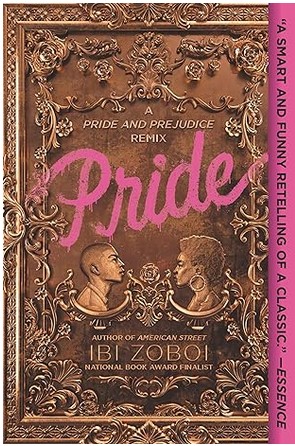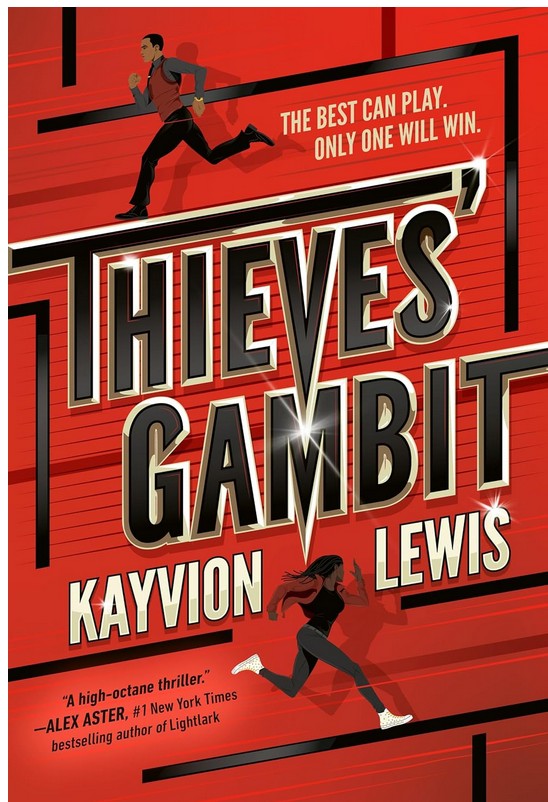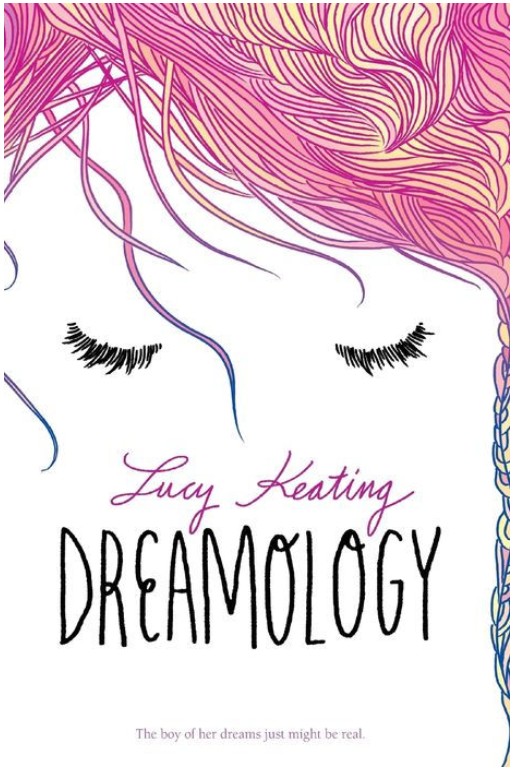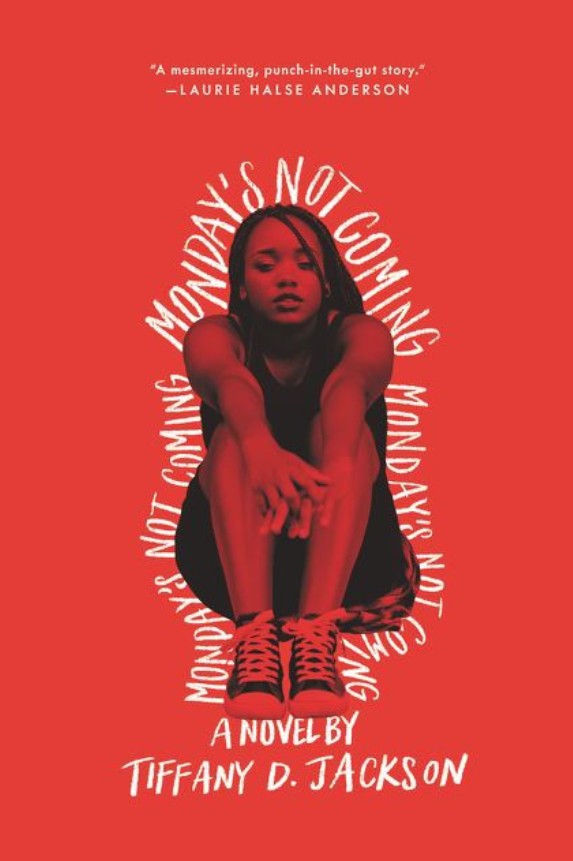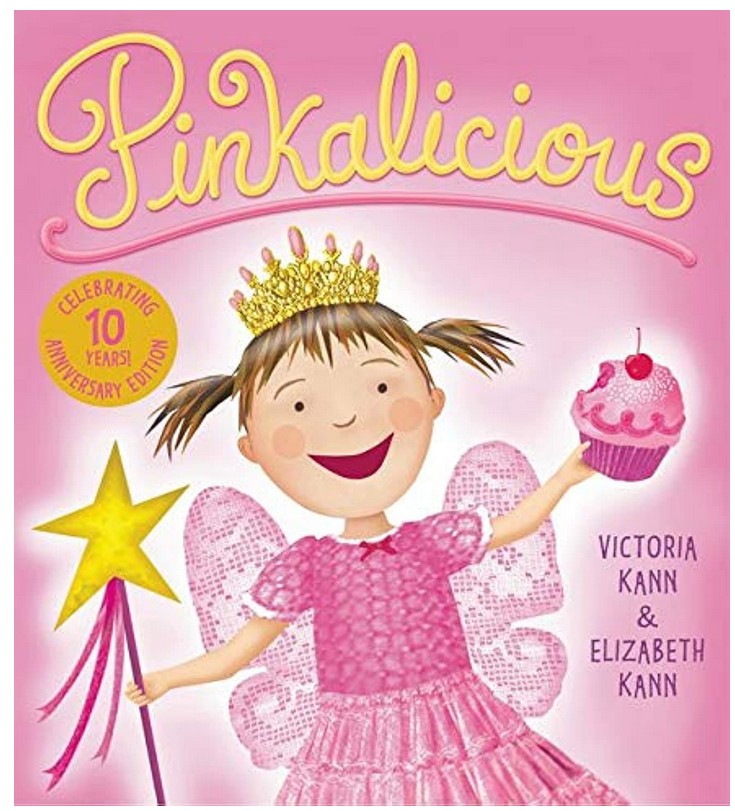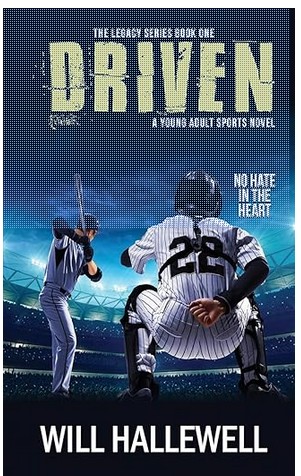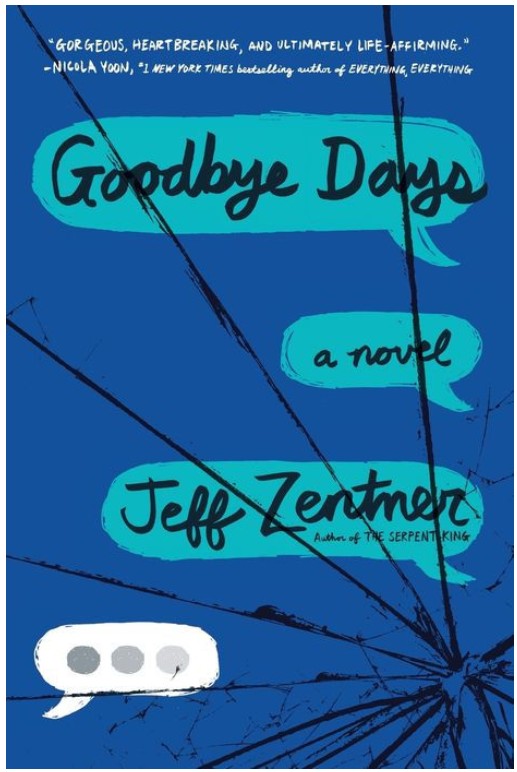During one of Ben’s baseball games, his dad is tasked with finding two escaped convicts. Ben promises his mom that he’ll stay home and be safe. Once he hears that his dad is missing, Ben knows he can’t keep his promise. After gathering supplies and sneaking out, Ben and Hero, his retired search and rescue dog, meet up with the police to find his dad.
Ben and Hero do everything they can to find his dad’s trail. Even with help from Officer Perillo and his new friend Tucker, finding his dad is tough. The duo fight through the forest, deal with dangerous snakes, and put their lives on the line. Ben’s dad is a cop – a hero in his own right – but the two convicts are clever and dangerous, forcing Ben and Hero to be extra cautious. The two escaped convicts won’t go down without a fight. Will Ben and Hero rescue his dad, or will the convicts win the day?
Hero: Rescue Mission is a very fast-paced story that centers on Ben. Through his point of view, the reader can understand his worries, fears, and frustrations surrounding his dad’s disappearance. Readers can also understand why Ben is so reckless. From the outside, it may look like Ben doesn’t seem to care about his own safety; however, he’s simply afraid he might never see his dad again.
The third installment in the Hero series focuses on how worry can make someone reckless. Ben wants to save his dad as fast as possible, but this also leads to him being bitten by a snake. That snakebite puts Ben in the hospital, which only makes the search more difficult. There are many times where Ben loses his cool and shouts at others because he thinks they aren’t moving quickly enough. Yet, through this adversity, Ben learns to take things slowly. He learns the value of caution, as well as careful planning.
Once again, Hero stars as one of the main characters of the story. The retired search and rescue dog is eager to find Ben’s dad. At the start of the story, Hero is just as anxious and reckless as Ben is. Through bonding and training, Ben and Hero begin to work as one. They need each other in order to save the day. Hero: Rescue Mission focuses on Ben and Hero’s fears as they race to find Ben’s dad. Despite the story’s fast pace, most of the story is about Ben learning to control both Hero and his emotions. Much of the conflict with the convicts occurs at the very end of the story. Once Ben finds his dad, he and Hero must battle the convicts and prevent them from robbing a convenience store. This mimics real police work and illustrates both the importance of the police and the danger they put themselves in.
Newcomers to this series do not need to have read the first two books in order to understand the plot. While there are references to the first two books, Ben explains the references. This book will appeal to young readers that have a parent or family member in the police force. With a realistic protagonist, an engaging emotional story, and a truly heroic search and rescue dog, Hero: Rescue Mission is a fun, exciting entry in Jennifer Li Shotz’s series.
Sexual Content
- None
Violence
- During Ben’s baseball game, his friend Noah is injured. The injury “had come when a foul ball had barreled toward Noah and hit him in the arm—hard. Noah had yelped in pain, and Coach Lee had called a time-out and jogged over.” After the game, Ben’s “best friend sat slumped over on a deck chair, his very swollen arm cradled in a sling.”
- When thinking about Hero’s abilities, Ben thinks, “And… well, if it came down to it, Hero was pretty great at attacking bad guys too.”
- Ben recalls a memory from his past when Hero was “getting attacked by two vicious dogs at the dogfighting ring.”
- After picking up a rock, Ben is bitten by a snake. Before he “had time to process what it was, Ben felt a sharp sting, burning, and warmth spreading up his arm.” Immediately after that, Ben falls. He “staggered backward and fell to the ground. His arm was on fire, and he was so woozy he couldn’t even lift his head.”
- Ben’s new friend Tucker carries around a slingshot. Tucker shoots a rock at one prisoner, “and the escaped prisoner let out a yell as it bashed him in the forehead. Blood spouted from a gash above his right eye, and he clutched at it with a meaty hand. He howled in shock and pain—and fell away from the window.”
- The second convict has a gun. He points the gun at Ben and Hero. “There was no way Ben was going to let Hero get hurt—and this man clearly wouldn’t hesitate to shoot any of them, human or canine.” Ben then learns that the convicts are “going to rob [a convenience store] for supplies and cash and then head south for Louisiana.”
- Ben’s dad attacks the convict without a gun. Ben’s dad, “swung the board in a high arc and brought it down on the man’s head with a deep, dull thwack.”
- The convict with a gun goes to rob a convenience store. Ben sees “the prisoner, holding a gun. It was pointed straight at [the shop owners].” Hero leaps on the convict with “a thunk, and the man grunted as the air was knocked out of his lungs. He fell forward like a bag of rocks, hitting the ground so hard Ben felt the floor vibrate.” Tucker also “swung his mother’s bat with all his force. The sound it made when it connected with the convict’s leg was flat and disgusting.”
Drugs and Alcohol
- None
Language
- The second convict tells Ben that the first convict will be, “real pissed off when he wakes up.”
Supernatural
- None
Spiritual Content
- None
by Jonathan Planman
